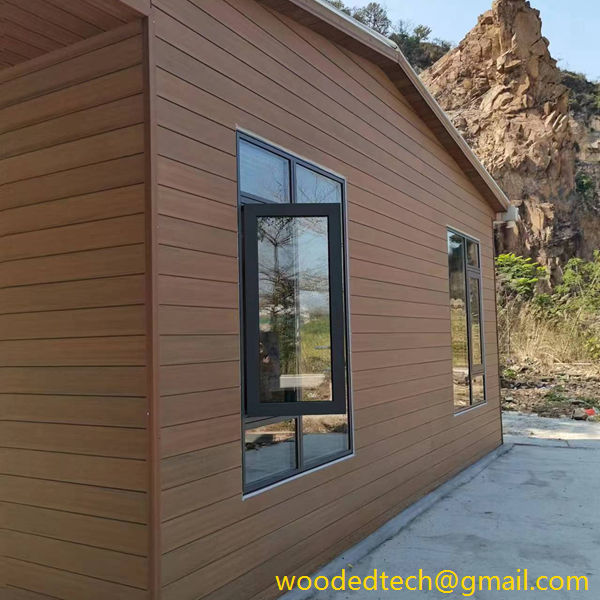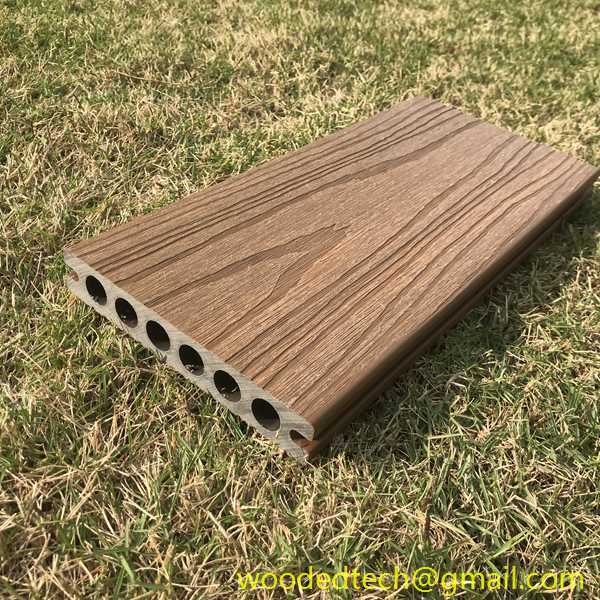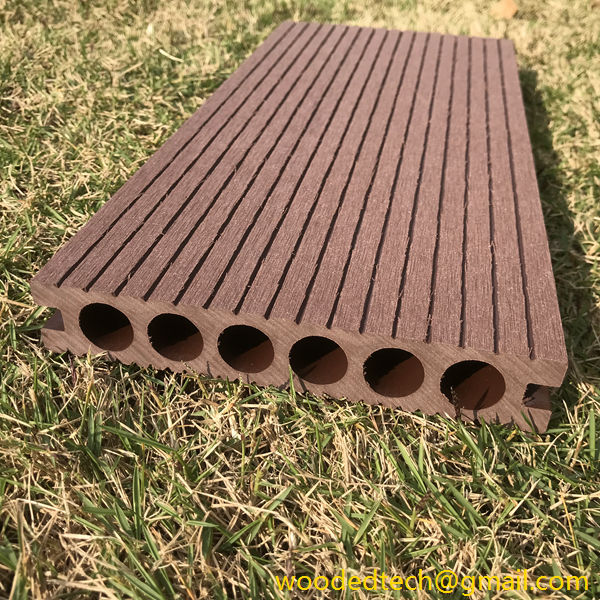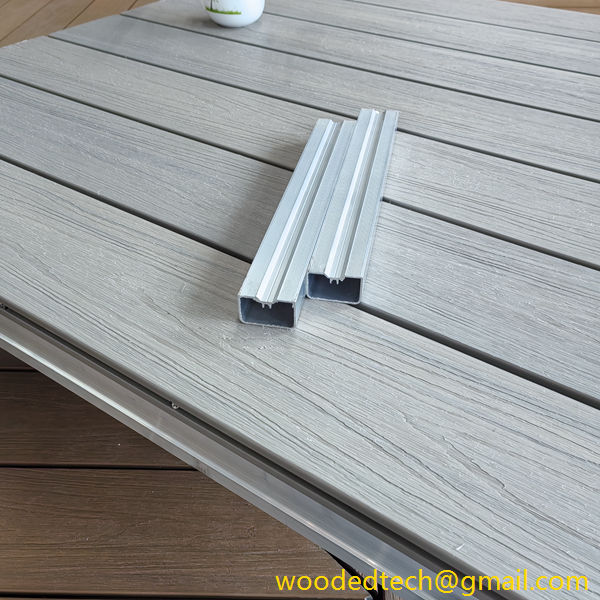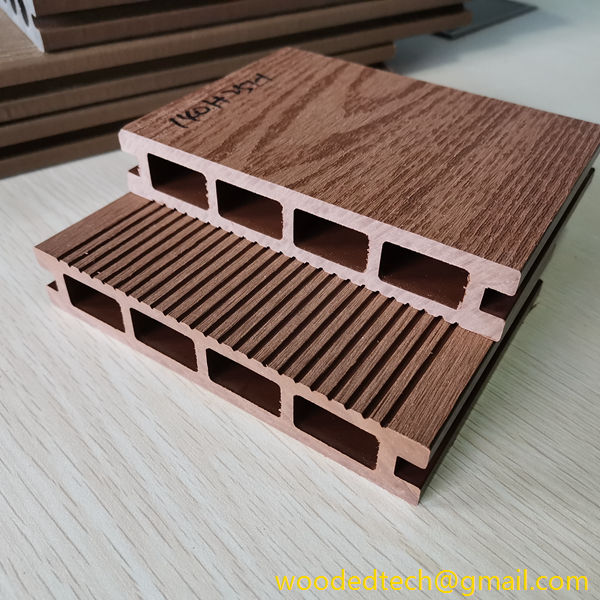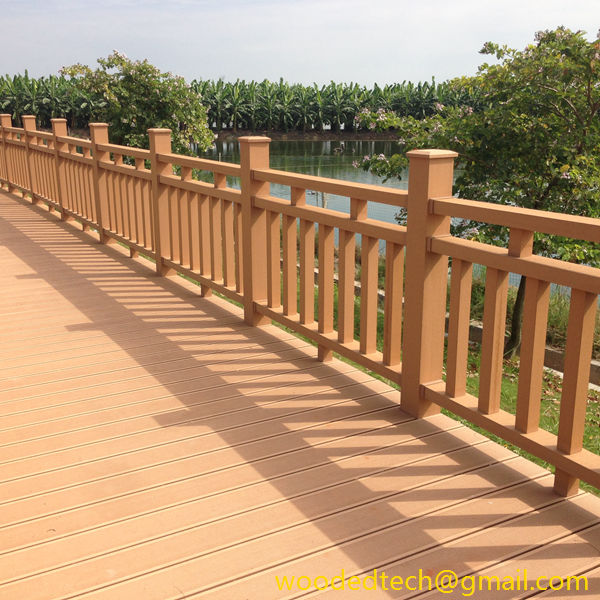A Comprehensive WPC Decking Installation Guide for Homeowners Looking to Enhance Their Outdoor Space
When it comes to enhancing outdoor spaces, the choice of decking material is crucial. Wood Plastic Composite, commonly referred to as WPC, has gained popularity among homeowners for its durability and aesthetic appeal. This guide aims to provide a comprehensive overview of the installation process for WPC decking, focusing on the material production technology and practical steps to ensure a successful project.
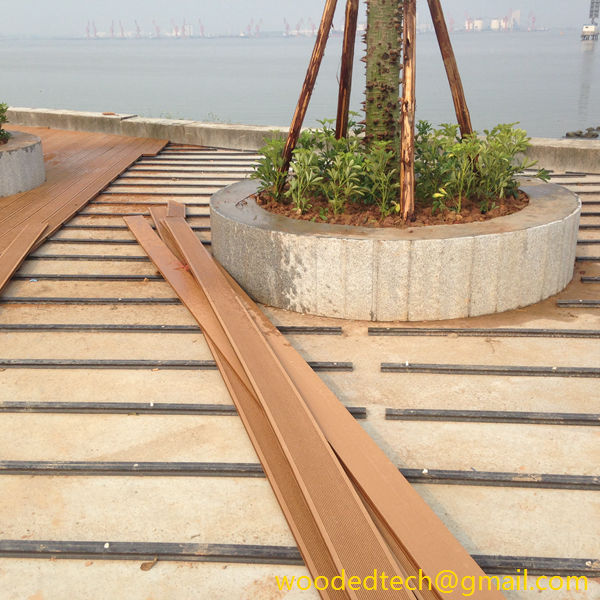
WPC decking is made through a process that combines wood fibers with thermoplastics, such as polyethylene or polypropylene. This combination results in a material that retains the natural look and feel of wood while offering enhanced resistance to moisture, pests, and UV rays. The production process typically involves several key steps.
The first step in the production of WPC is the selection of raw materials. High-quality wood fibers, often sourced from recycled wood products or sawdust, are combined with plastic resins. The choice of wood fiber is critical as it influences the overall strength and aesthetic of the final product. Additionally, additives such as colorants and UV stabilizers are incorporated to enhance the appearance and longevity of the decking.

Once the materials are selected, they undergo a process called compounding. During compounding, the wood fibers and plastic resins are mixed together in a specialized machine that ensures a uniform distribution of the components. This step is vital because it determines the quality of the final product and influences its performance characteristics. The compounded material is then extruded into the desired shape, typically in the form of boards that will be used for decking.
After extrusion, the WPC boards are cooled and cut to standard lengths. The cooling process helps to set the shape of the boards and enhances their structural integrity. Many manufacturers also apply a surface treatment to the boards to improve slip resistance and enhance the overall finish. This treatment can include embossing or adding textures that mimic the look of natural wood.
Now that we understand the production process of WPC decking, let us move on to the installation process, which is critical for achieving a long-lasting outdoor space. Before starting the installation, it is essential to prepare the area where the decking will be placed. This involves clearing the space of any debris, vegetation, or existing structures that could interfere with the installation.
The next step is to create a solid foundation for the decking. A proper substructure made of treated lumber or concrete is necessary to ensure stability and prevent sagging over time. The substructure should be installed with appropriate spacing to allow for drainage and ventilation, which are crucial for preventing moisture build-up that could damage the decking.
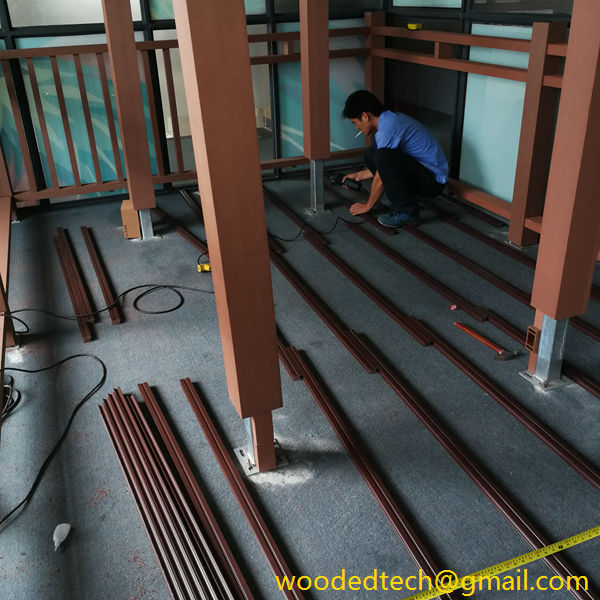
Once the substructure is in place, the actual installation of the WPC decking boards can begin. It is advisable to start from one corner of the area and work outward, laying the boards parallel to the house or the main viewing angle. Homeowners should use stainless steel or coated screws specifically designed for WPC materials to secure the boards in place. Proper spacing between the boards is essential to allow for expansion and contraction due to temperature changes.
During installation, it is important to follow the manufacturer’s guidelines regarding spacing and fastening techniques. Many WPC manufacturers provide hidden fastener systems that create a smooth and polished look while reducing the visibility of screws. This method not only enhances the aesthetic appeal but also minimizes the risk of splintering and cracking.
After all the boards are installed, homeowners should conduct a thorough inspection to ensure that everything is secured properly and meets the desired standards. This is the perfect time to clean the surface of the decking to remove any dust or debris generated during installation.
In conclusion, WPC decking offers an excellent opportunity for homeowners to enhance their outdoor spaces with a material that is both attractive and durable. Understanding the production process of WPC can help homeowners appreciate the quality of the product they are installing. By following the outlined installation steps diligently, one can ensure that their WPC decking not only looks great but also stands the test of time, providing a beautiful and functional outdoor area for years to come. Proper maintenance, including regular cleaning and inspections, will further enhance its longevity and performance. With the right approach, WPC decking can transform any outdoor space into a welcoming and enjoyable environment.

